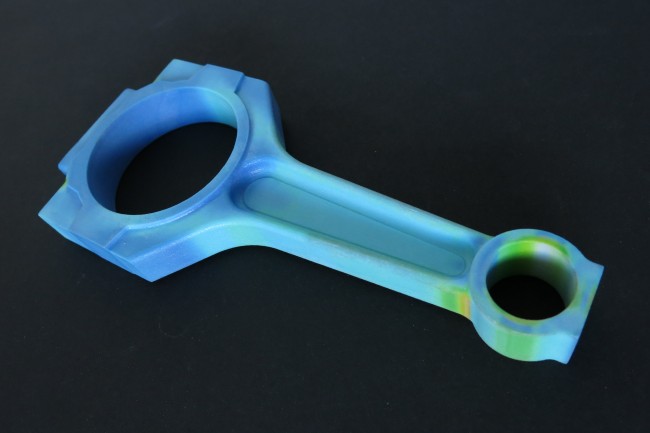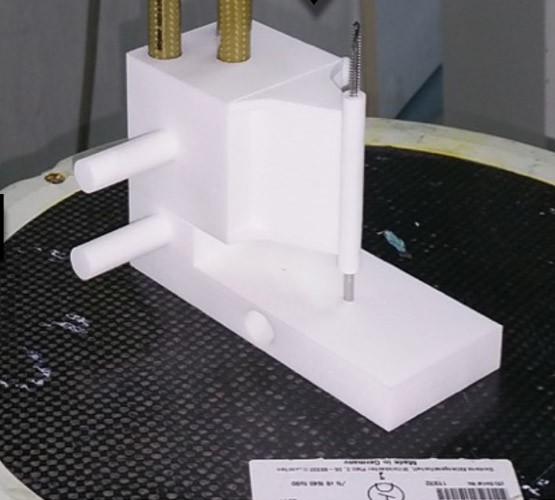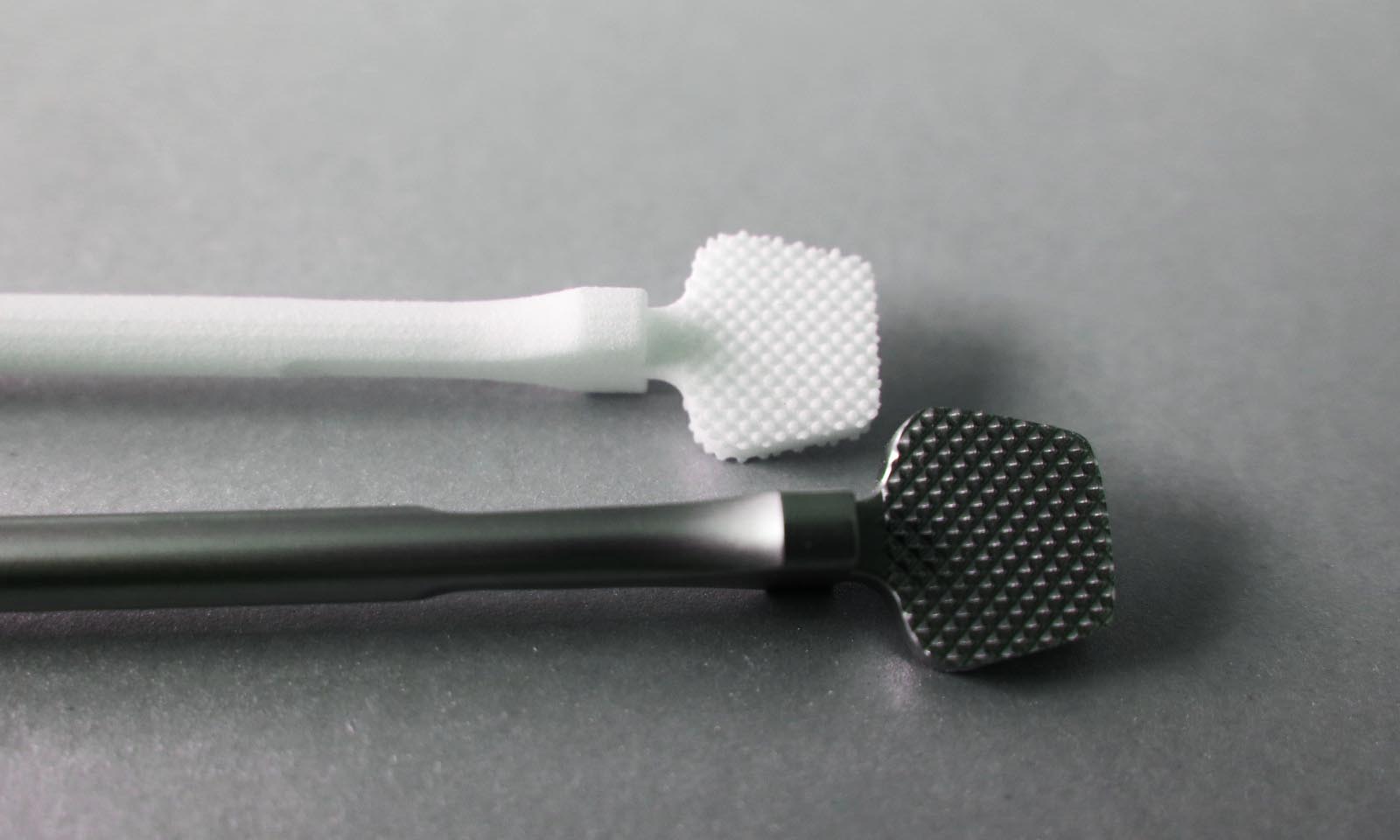Additive manufacturing to create customized tools with 3D Printing.
Posted By Eole Recrosio on Mar 1, 2017 | 2 comments
During the last weeks, we wrote about the benefits of 3D printing and how you can take the most of this technology for your business. In this new episode, let’s talk about the benefits of making tools thanks to 3D printing. You’ll discover how it is used by the industry and successful businesses and also what are the advantages of the technology for the tooling industry.
This blog post is part of ‘Benefits of 3D Printing’ Series, to elucidate with you all the different ways in which producing with 3D printing has many advantages and can change the industrial landscape.
Find the other episodes here!
Benefits of 3D Printing: Impossible Designs and Internal Channels
Benefits of 3D Printing: Mass Customization
Benefits of 3D Printing: Integrated Assembly
3D Printed Tools: the Easiest Way to Get Into 3D Printing!
Making a tool is often very expensive and requires a lot of time. Investments are more careful on this topic, leading to decreases on the production line. Providing good tools and equipment for the production line is essential.
Additive Manufacturing technologies have the capacity to produce custom, made-to-measure tools in a very short time for a very affordable cost. In fact, making tools is the easiest way to get into 3D printing.
Prototype of a machine part
3D Printed tools in Many Industries
Thanks to the additive manufacturing technologies, almost all industries can benefit from the advantages of 3D printing their own tools for:
- Machining (cutting tools, jigs, fixtures)
- Assembling (modulable fixture, assembly tools)
- Molding (injection parts, hollowed components)
- Casting (accessories)
- Robotics (machine parts)
And other very specific tool to help you reduce effort and time on your production line.
Specific industries are nowadays using 3D printing to adapt and to optimize their tools.
The medical sector makes personalized tools to reduce effort and time during surgeries.
3D printed ancillary being prepared to be used in surgery
You can learn more about how the medical industry uses 3D printing on our dedicated application page.
Which Material for 3D Printing Tools?
There are several materials that can be used to create your customized tools:
- Metal is the most common and reliable material for your 3D printed tools. Each metal material has very interesting characteristics and uses that can fit your needs. Aluminum is very light and strong, stainless steel has a great rust resistance and Titanium can be used for strong tools. More, it is possible to order biocompatible material by contacting our sales team.
- Polyamide is the most used material at Sculpteo. It comes with very good mechanical characteristics and a lot of finishing options. Plastic is also the cheapest material of our offer which means that you can create several versions and prototypes of your tool. More, with the possibility to create interlocking parts, you reduce the assembly of your tool.
- RPU and CE resins are part of the Carbon CLIP offer and have specific engineering characteristics. The Rigid Polyurethane (RPU) is very strong and can handle a lot of stress. Our Cyanate Ester resin (CE) is a particular material that can accept heat up to 225°C [437°F]. It has also a good stiffness and a long-term thermal stability perfect for molding.
You can learn more about our variety of material by uploading a file. You’ll get an instant quote!
A few month ago, we wrote a tutorial on how to do your own urethane casting with 3D printing. It’s time to learn how you can make your own mold with this technique!
The 4 Advantages of 3D Printing Tools
Shorten the lead time for tooling
3D printing has the main advantage to have a very short lead time production. Manufacturing a tool in a few days or even a few hours is made very simple thanks to 3D printing. That encourages businesses to invest and innovate faster to create new tools.
Reduce Costs of manufactured tools
The cost of a 3D printed object is almost the same for one object or for thousands of units so there is no additional cost compared to the traditional manufacturing techniques. Creating quick and cheaper iterations of a tool is a driver of innovation. 3D printing is great for small series and specific geometries, and with the variety of 3D printing materials available (Plastics, engineering materials, metals), businesses have the power to reduce the development cost of a product thanks to unique tools.
Optimize Existing tools
Designing for 3D printing allows to improve and optimize the existing tools with features that can only be produced thanks to additive manufacturing. The technology enables free-form geometry to reduce stress, thermal constraints and cooling issues.
With traditional techniques like casting or machining, tools are often solid and ergonomy is not optimized. With 3D printing, creating lattices structures improve the strength of the tool and its ergonomy and in the same time, it reduces the stress and the cost as less material is used.
Create Custom tools
Thanks to the ability to create objects layer by layer, internal channels and impossible designs are the main advantages of 3D printing over the traditional manufacturing techniques. It allows creating unique and customized tools to answer specific requests and needs in very short time and for a fixed cost.
Our Selection of Inspiring 3D Printing Tool Examples
3D Printing Surgical tools
As we saw in the previous episodes of the 3D printing benefits series, the health sector is one of the most interested in this technology.
SpineVision associated with doctors to create specific tools thanks to 3D printing. They send us CAD files of their prototypes and try it with the practitioner before starting into production. With the growing offer of metal 3D printing in a specific material (biocompatible titanium or stainless steel), SpineVision is considering in producing the tools directly with DMLS to reduce costs and delays. Read the full interview of SpineVision on this blogpost.
Prototype and final product of a Spinevision equipment
Still in the medical tools, Dr. Marc SOUBEYRAND created ancillary tools that helped him during orthopedic surgery. Thanks to the patient’s data, he designed made-to-measure tools to improve the comfort of the patient. You can read about the whole stories on this blogpost.
Automotive Workers’ Tools Improved by 3D Printing
Two large-scale automotive companies (BMW and Opel) used 3D printing to improve the tools used by their employees on the assembly line.
They decided to redesign some tools to give an improved ergonomy to the workers. They succeed in reducing the weight of a tool by 72% allowing the workers to be more efficient with ergonomic tools.
They also used 3D printing to create a new tool that simplifies the attachment of some parts very efficiently.
Bosch 3D Prints to reduce costs of its Tools
The french division of Bosch started to use 3D printing in their automotive and electronics plant which leads them to reduce their cost and recouped their investment very fast. The engineers created spare parts and utility tools to use in the plant and they were surprised on how fast they make their investment in 3D printing profitable. The teams were also surprised by the low maintenance, the cost-efficiency, and the time-saving potential of the 3D printers they acquired.
You can read the full success story on 3ders.org
3D Printing Cheap and Custom Molds for Injection
The German household goods supplier Seuffer has incorporated 3D printing in their plants to significantly reduce the time and cost of producing injection molded sample parts. They achieve in a few days customized molding parts thanks to Stratasys Polyjet technology and for a cost reduced by 97% of the initial price.
It is known that more and more manufacturers are adopting 3D printing in the production process not only for saving time and cost, but also to produce customized parts.
You can learn more about this story on this webpage.
We talked about more successful 3D printing stories in this article on how is metal 3D printing used by industries. You’ll learn how Michelin is making tire molds using metal 3D printing or how small startups are reducing the assembly time of their product thanks to 3D printing. Read more here
If you liked this article, please feel free to leave a comment and to share it on Facebook, Twitter and Linkedin


 Connect with Google
Connect with Google Connect with Facebook
Connect with Facebook


